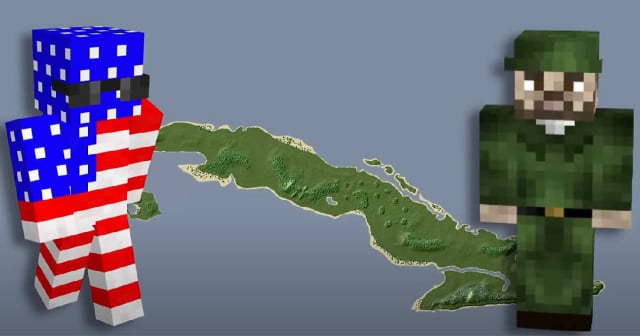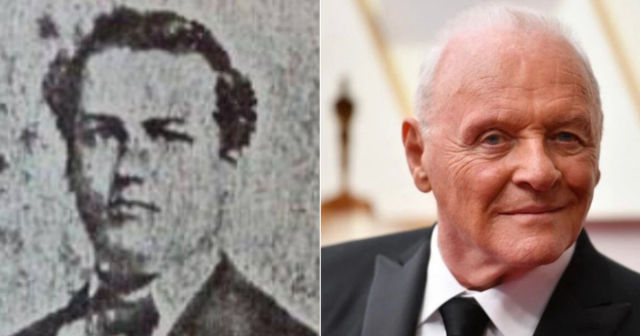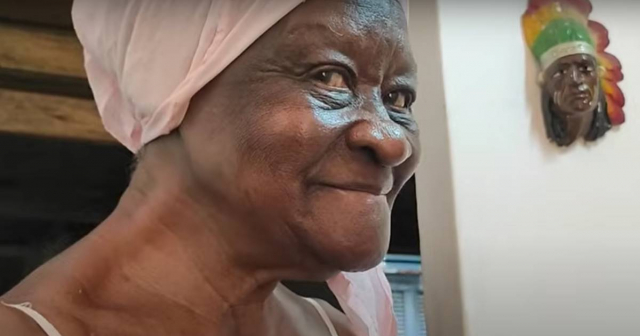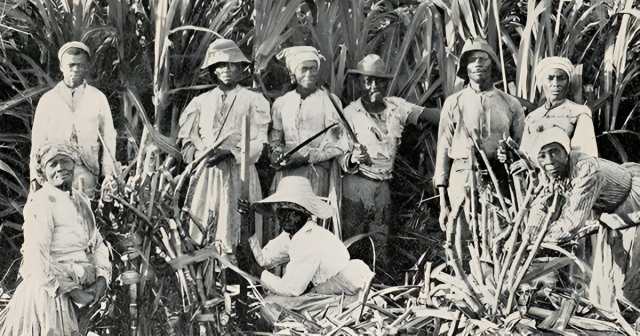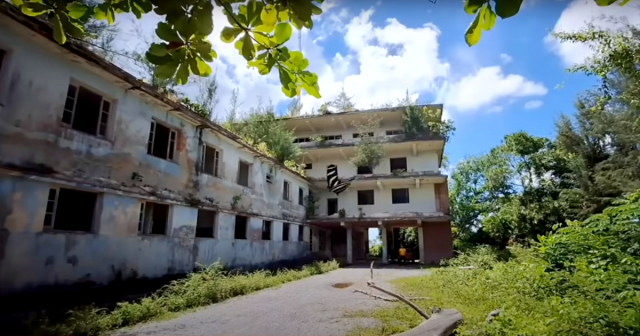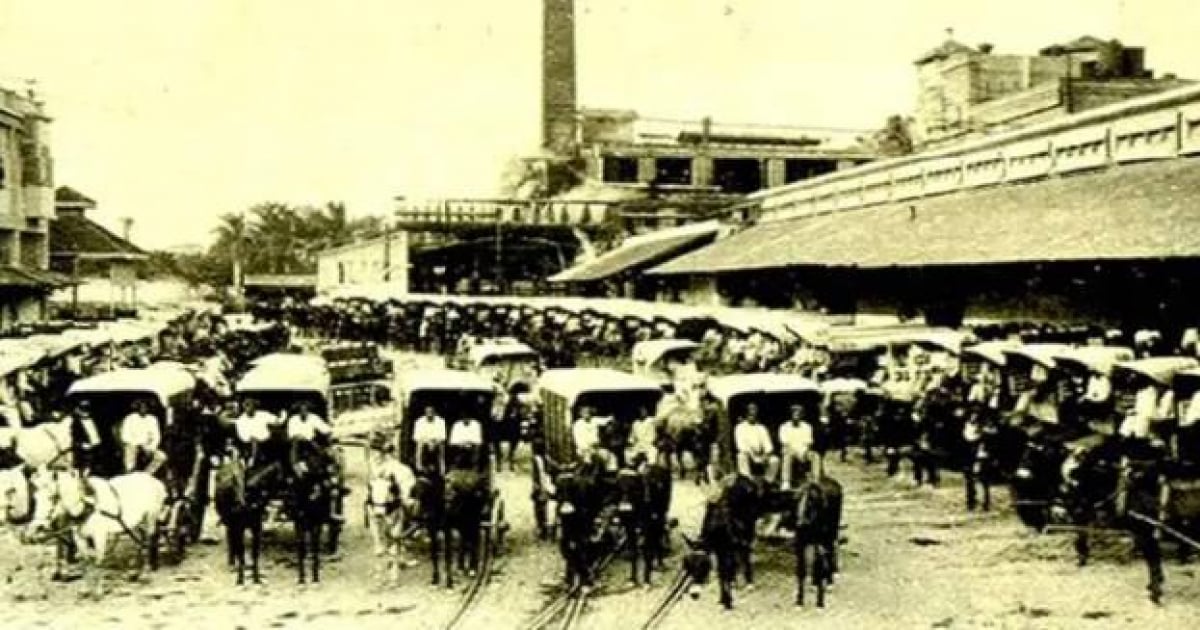
Cuba was a pioneering country in utilizing many technological inventions, and one of the factors that forever transformed the lives of its citizens was the production of ice.
On July 21, 1888, the "Nueva Fábrica de Hielo" joint-stock company was established, beginning the production and distribution of this valuable resource in Havana.
The first ice factory in Cuba was located at 34 University Street.
Until the first half of the 19th century, ice was transported from frozen lakes to warmer regions using the transportation methods of the time. The enormous blocks were covered with cork and straw to preserve them and were stored in holes in the ground for greater longevity.
In Cuba, the first shipments of ice arrived by boat, but it was very expensive.
In 1834, American mechanical engineer and physicist Jacob Perkins patented the first ice-making machine. By the end of that century, the invention was introduced to the island on an industrial scale. The Cuban factory quickly began to meet the high demand for ice in the capital.
Ice blocks were distributed in horse-drawn carts throughout Havana, and since refrigerators had not yet arrived, a wooden cabinet covered with zinc and rubber was used to keep things cold.
These early refrigerators had separate compartments for ice and food. Only the privileged classes could afford this marvelous appliance.
The website Cuba en la Memoria indicates that the joint-stock company "Nueva Fábrica de Hielo" overcame an economic crisis in 1890, thanks to the financial management of its president, Don Ramón de Herrera y Gutiérrez.
Little by little, more ice factories were established in Havana. Among the most famous are "La Palma" and the Compañía Cervecera Internacional S.A., which also produced Polar beer and Trimalta malt.
In 1960, the ice factories, breweries, and other beverage companies like Coca-Cola were seized, and the owners were exiled.
The history of companies like the "New Ice Factory" serves as a reminder of the innovation that once defined Cuba, contrasting sharply with the current reality of scarcity and challenges the country faces, even in producing ice in the 21st century.
What do you think?
COMMENTFiled under:

